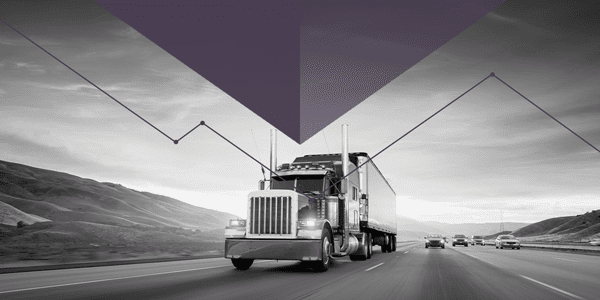
Of all the resources of your supply chain—manufacturers, warehousing and distribution, carriers, stores, suppliers, etc.—nothing is more important for optimization than the data you collect. Data is crucial to supply chain optimization. It’s the key to making better decisions and improving your business, yet it’s a hard to define term that throws many people off. What data should you collect when it comes to your supply chain? How should that data be used? Where and how should you collect it? There are many points in a supply chain where data can be collected, and leveraging that data can lead to significant improvements in everything from efficiency to cost savings, customer service, and so much more.
Where do you begin when it comes to your supply chain data?
Know the Essential Collection Points
With so many ways to monitor data, and at so many different points, it can be hard to narrow down what businesses should be tracking and where. This naturally relies heavily on the key performance indicators important to the business, but there are many touchpoints that can be considered essential for anyone who ships products or moves heavy amounts of freight to monitor.
Demand Forecasting
How much inventory do you need on hand at any given time? Where are most of your shipments going? Demand forecasting allows you to follow historical sales data to effectively manage inventory and prevent sales losses due to insufficient stock, which can be a nightmare for stores and suppliers. Use the trends in the market and known customer behavior to predict demand patterns and optimize your:
- Inventory levels (avoiding both excess inventory and stock outages)
- Production schedules
- Distribution strategies
- Seasonality
Real-time analytics of sales, inventory, and the movement of freight will provide you with insight into:
- Ideal product pricing
- Sales and product promotions
- Consolidating outbound shipments via LTL and PTL
- Opportunities for upselling and cross-selling (by observing products frequently purchased together)
Real-Time Shipment Monitoring
Keeping an eye on your freight as it is in motion not only allows businesses to react to issues with shipments quickly, resolving them as necessary, it also provides valuable insight into how these types of supply chain disruptions can be avoided in the future. That’s why it’s important to work with a 3PL partner who utilizes track and trace teams to monitor your freight every step of the way, providing real-time data on shipments as they move toward their destination. Freight tracking analytics can be used to analyze and collect data on:
- Traffic and weather patterns and disruptions
- Potential bottlenecks
- New and existing carrier routes
- Modes of transportation
What can be learned from this data? Transportation analytics can help businesses make tweaks to their shipping operations to:
- Choose the optimal shipping route
- Choose the best mode of shipping for their freight
- Reduce fuel consumption to increase sustainability efforts
- Drive down the costs of shipping goods
- Decrease delivery times
- Reduce freight claims and damages/losses
- Optimize delivery timelines
- Proactively address risks and disruptions that can impact supply chains
Warehousing Efficiency
Warehousing and fulfillment are all about resource allocation and efficiency. When orders pile up, and trucks clog up dock doors, everything can quickly grind to a halt. Data collection can play a pivotal role in eliminating dock congestion and getting orders out of the warehouse more efficiently, reducing the resources you must devote to the process and allowing deliveries to leave on time.
Outside of inventory management and demand forecasting, there are several highly important metrics to track that can result in actionable intelligence for your business:
- Order picking speed: can help streamline your fulfillment process by identifying issues that are slowing down pick and pack speeds.
- Warehouse layout and product movement: can reduce the time taken to locate and retrieve items by relocating and properly organizing where certain items are stored. This can also optimize the paths warehouse workers take to retrieve items, pack them, and bring them to loading bays.
- Labor management: can help optimize the allocation of labor resources from a hiring and scheduling standpoint.
- Equipment usage: can help identify underutilized and overutilized equipment, allowing you to allocate more funds to keep equipment up to date and maintained.
Put Data to Use at Your Business
It’s not enough to simply collect data across your supply chain. The bigger question is what to do with the data once you have it. At King Solutions, we put the latest logistics technology to work for your business, but we don’t stop there. We help you act on that data to drive actual change in your supply chain. From tracking freight to inventory management and everything in between, we can help you continually improve your business by optimizing your supply chain from end to end. Get in touch with us today to talk about how you can transform the way you store and ship products!







 Joel Rice
Joel Rice